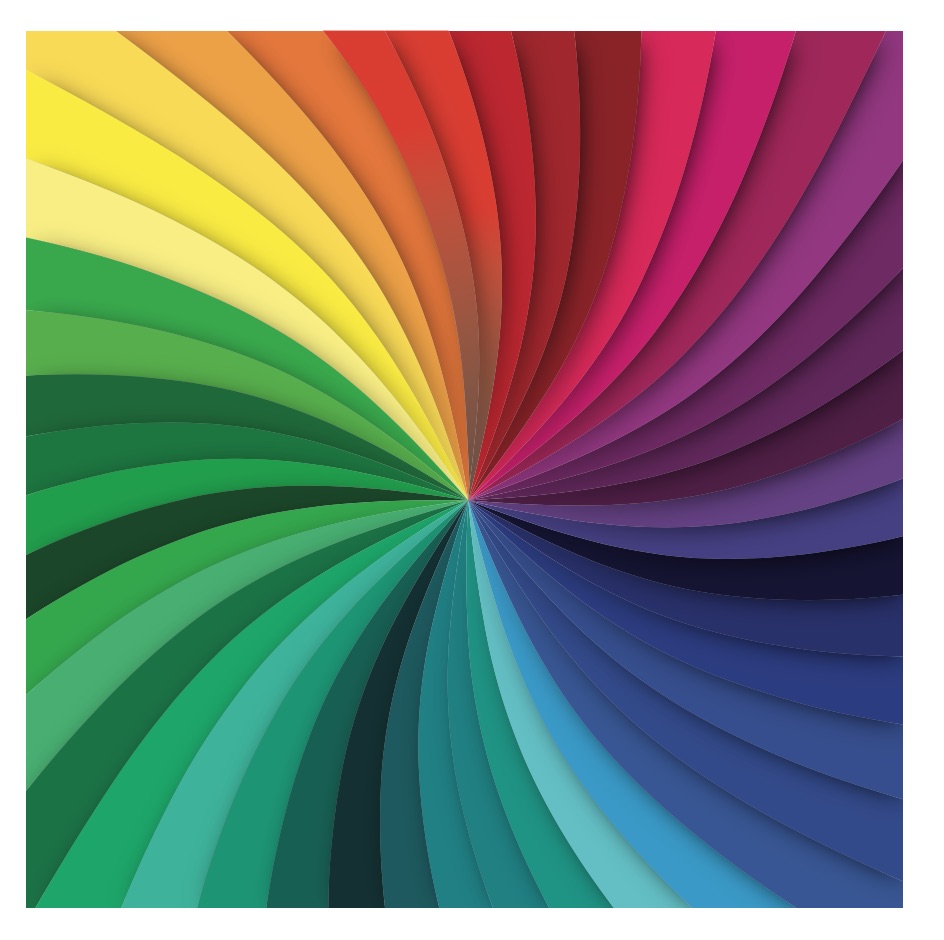THE PSYCHOLOGY AND MEANING OF COLOURS
What is it about the rainbow that gives most people a sense of happiness? Sure, it signifies the calm after a storm, but the colours themselves have an effect on our minds.
There is a reason why people prefer certain colours over others. This preference says something about our personalities, because each colour has an association with a reaction our brain has when we internalize it. Here are some examples:
Red is has both positive and negative aspects. The positive aspects are that it represents love, energy, attention and power. The negative aspects refer to aggression, danger and stress.
Yellow, which is the brightest colour, is associated with joy, happiness and energy. It means happiness and optimism and it produces a warming effect.
Green is a lively colour and it is the colour of nature. It symbolizes trust, loyalty, intelligence and truth. It also has a healing power. In chromatic therapy, green is used to soothe the soul and mind.
Colour perception is subjective. When we visit a museum to see a work of art, the colours we see invoke emotions within us. That’s why everyone sees it differently. Interior decorators ask several people about the effect of colours when deciding what colour they will paint the walls of a building.
Colour psychology and its effects are still an interesting part of the complex working system of our brain and there are still so many unanswered questions.

